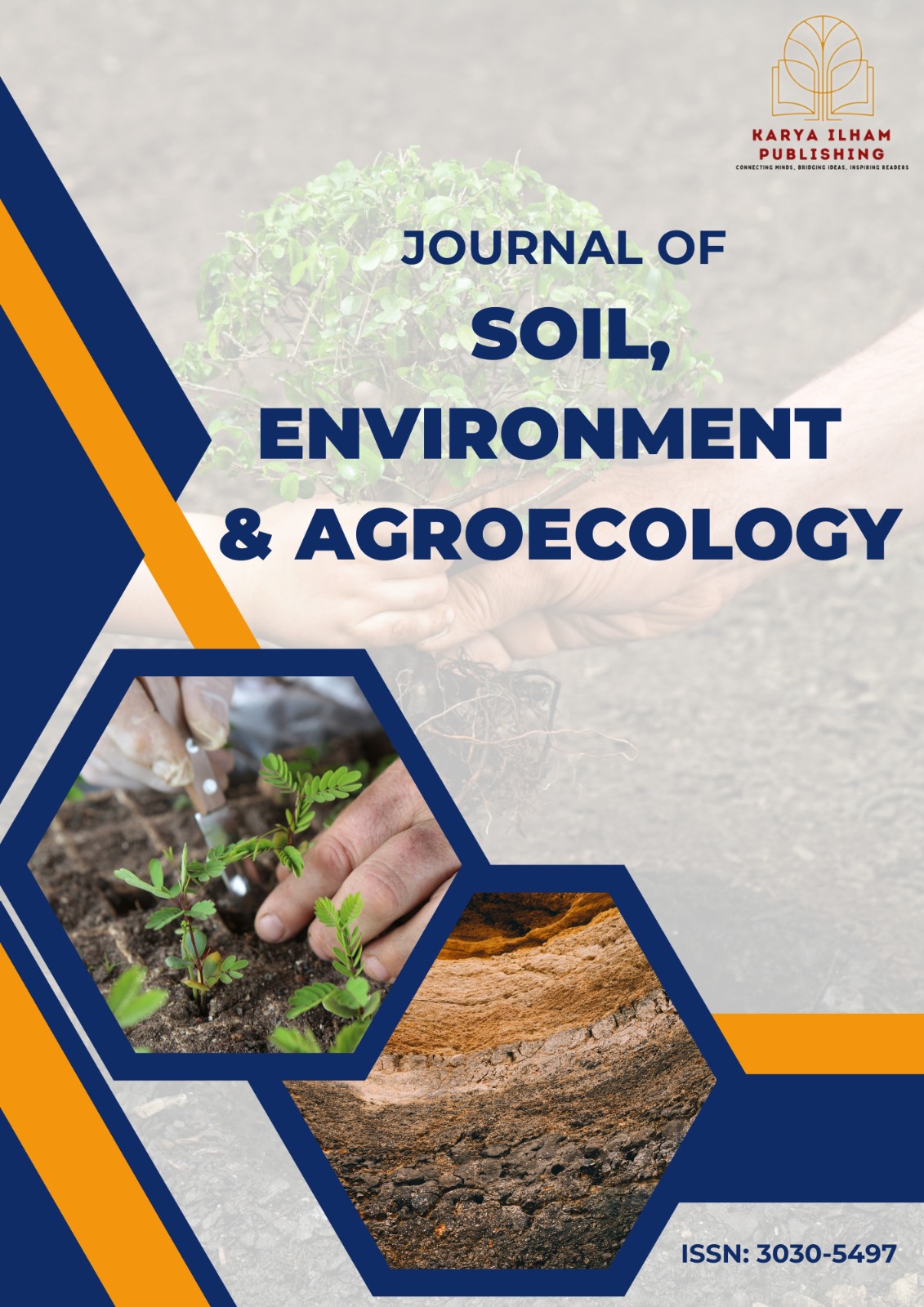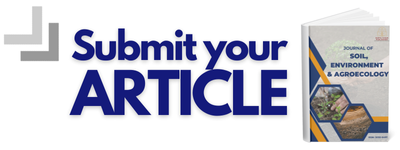Enhancing Peat Soil Embankment Stability through Air-Tube Technology
DOI:
https://doi.org/10.37934/sea.4.1.1131aKeywords:
Peat soil, embankment design, settlement behavior, air-tube systemAbstract
This study examines the challenges and opportunities in addressing peat soil issues in road and building construction, focusing on Sabah, Malaysia, particularly the Klias region. Peat soil in this area is characterized by extreme moisture content (687.03%), high organic matter (98.94%), and significant fiber content (66.41%). These properties result in high compressibility, low shear strength, and limited load capacity, presenting unique geotechnical challenges. The research explores the use of a pipe grid system with compressed air to improve peat soil performance. This system leverages buoyancy principles, where PVC pipes, mimicking bamboo's air-trapping cavities, are arranged in a grid to distribute soil and structural loads. The study hypothesizes that this approach reduces soil compaction and enhances load-bearing capacity. Experimental results validate the system’s effectiveness. On the second day, the pipe grid reduced settlement by 77% and vertical pressure by 76% compared to unreinforced soil. By the seventh day, settlement and vertical pressure reductions were 43% and 42%, respectively. These findings demonstrate the system's potential to improve embankment performance on peat soil. However, the study notes that factors such as soil properties, environmental conditions, and load characteristics influence performance, warranting further investigation. This research contributes to geotechnical engineering by offering a practical solution for construction on challenging peat soils, with implications for future studies and real-world applications.













